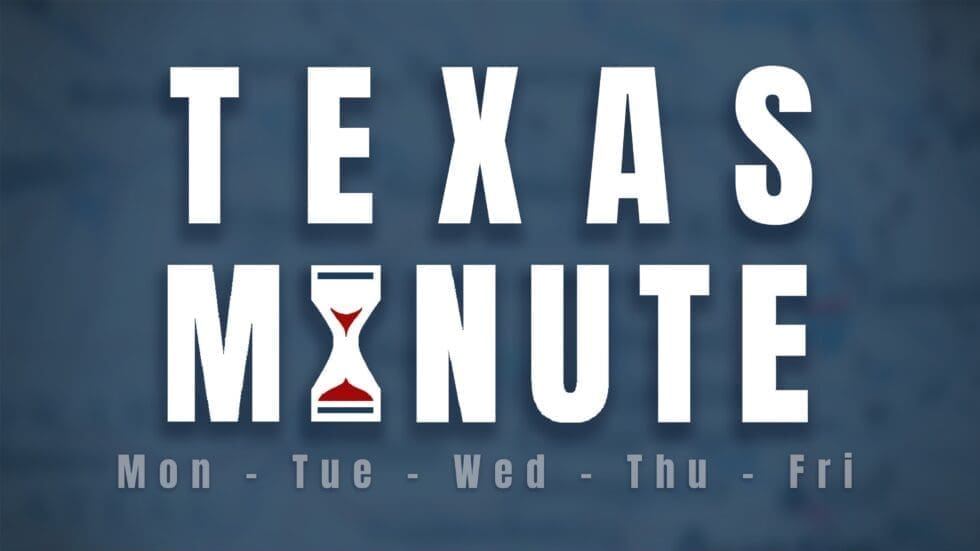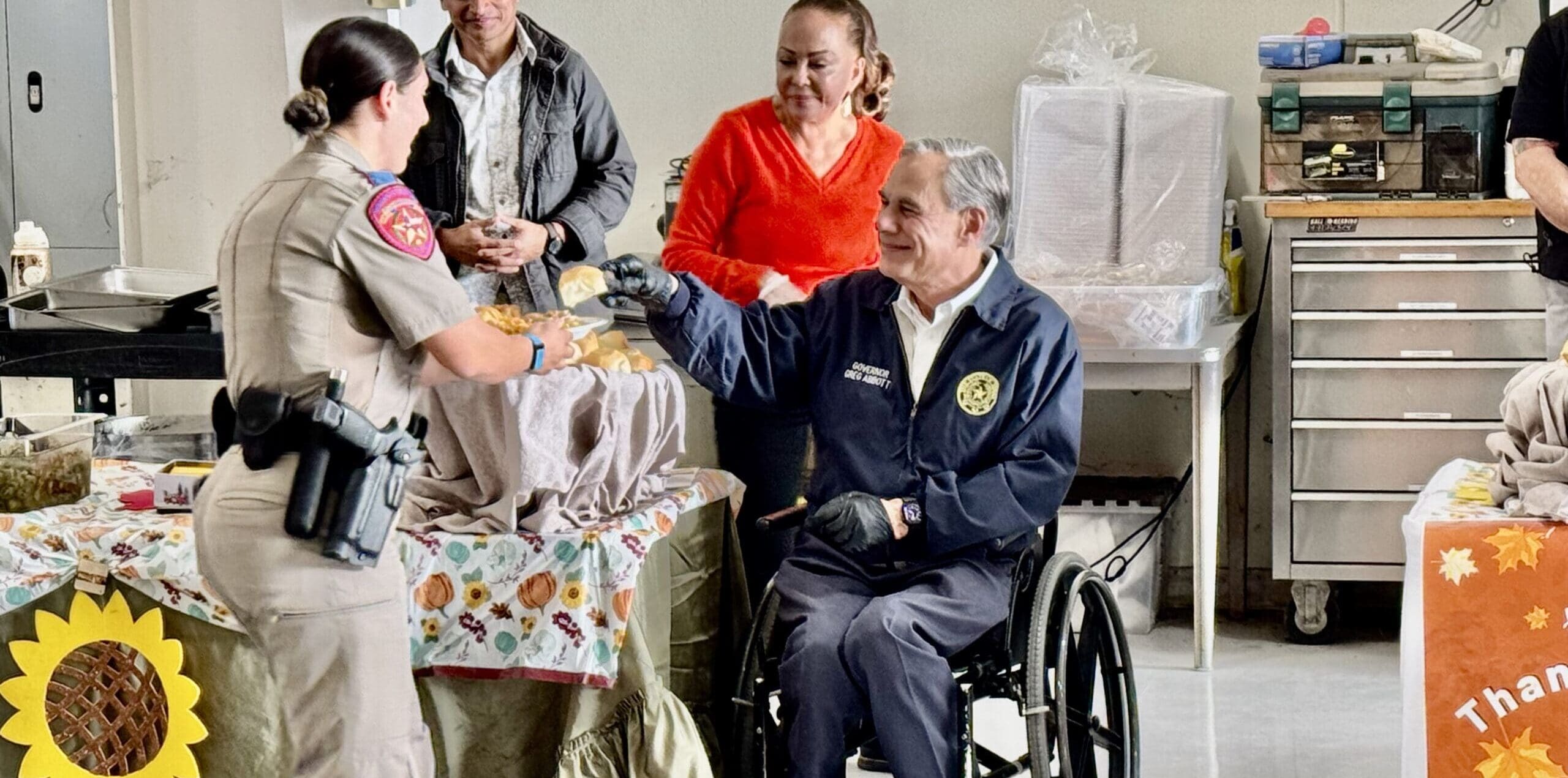According to the most recent data from 2017, the Supplemental Nutrition Assistance Program (SNAP), commonly referred to as food stamps, reported the lowest number of participants since 2010.
As of August 3, 39.3 million Americans were collecting SNAP benefits, down from 44.2 million in 2016, and from a peak of 47.6 million in 2013.
In Texas, 3,921,000 persons took SNAP benefits during FY 2017, which is approximately 14 percent of the state’s population, or one in seven. The drop in Texas household usage of the program was 3.2 percent from April 2017 to May 2018, a clear sign of strong growth and lean government.

This figure may seem small relative to reduced participation in states such as North Carolina (15.4 percent), Ohio (13.6 percent), and Tennessee (11.6 percent), but compares favorably to the largest states demographically more closely aligned to Texas’ size, incredibly diverse population, and regional characteristics. The decreases were 2.4 percent in California, 1.3 percent in Illinois, and 2.8 percent in New York.
The framework for the program was devised in 1959, with President John F. Kennedy officially implementing the pilot version. In 1964, the program was codified, allowing working-age adults without children to collect benefits for three months over three years. Continued participation is contingent on working at least 80 hours per month or enrolling in an education or job training program. Limits are often lifted on the state level during economic declines.
Analysts point to the reinstatement of work requirements to explain the millions dropping off the rolls, but much can be attributed to improving economic conditions, in Texas, and nationwide. Various periods of reduced participation have been recorded (1981-1988 and 1994-2000), while the decade leading up to 2013 showed a doubling of usage.
Republican lawmakers in Washington continue to push for limits on exemptions from the work requirement and to trim the budget for SNAP.
“We need people to go to work,” Mick Mulvaney, director of the Office of Management and Budget, told reporters in May. “If you’re on food stamps and you’re able-bodied, we need you to go to work. If you’re on disability insurance and you’re not supposed to be—if you’re not truly disabled—we need you to go back to work.”
The Congressional Budget Office further expects participation to fall about 1 to 2 percent annually, with a projected decline to 32 million participants in 2027.




